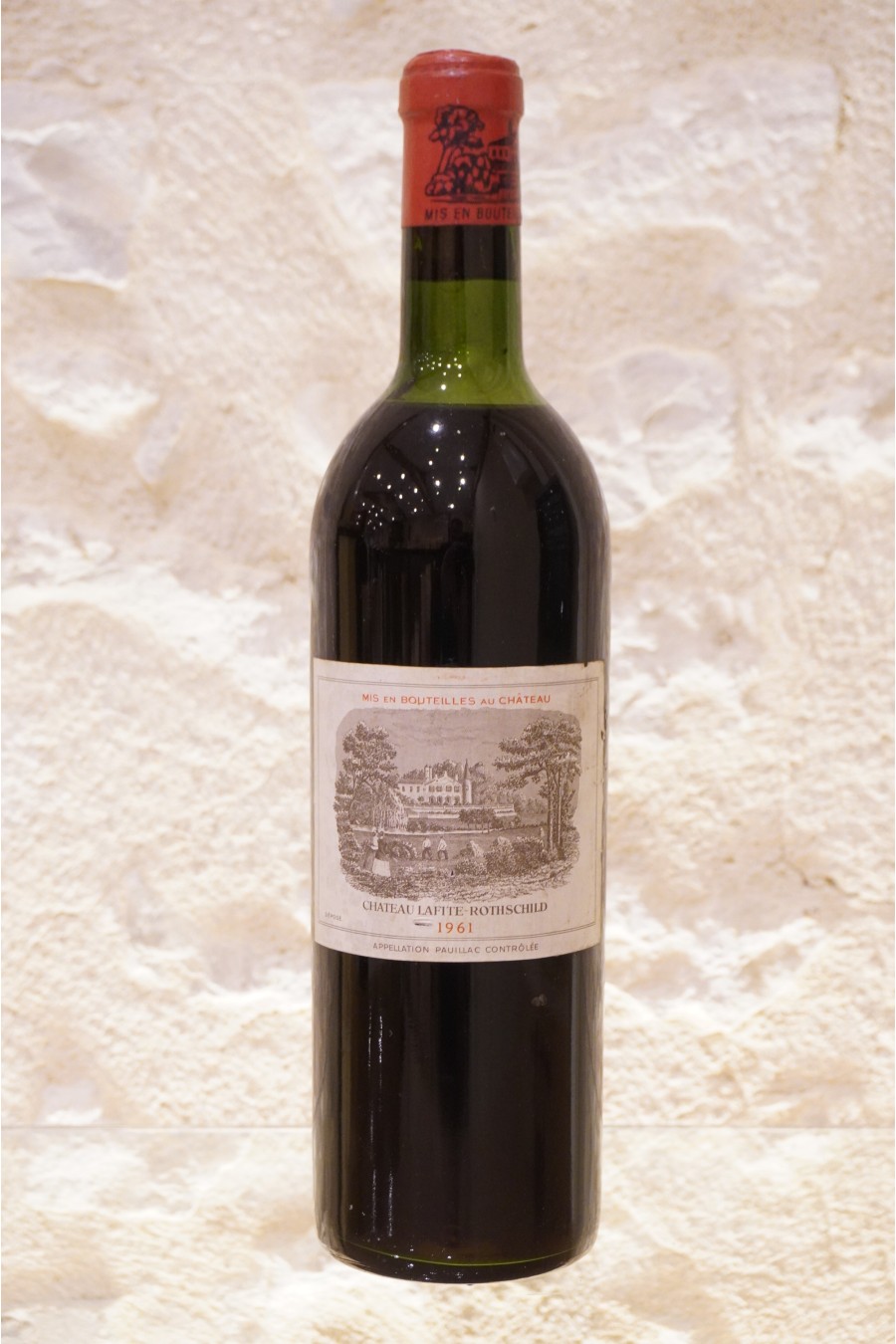- 75CL - Bottle






1900€ HT
The history of the Lafite vineyard is very ancient. On an estate that already contained vines, Jacques de Ségur structured the vineyard at the end of the 17th century, and the wine's reputation was already established at a high level. His son, Alexandre, expanded the Château Lafite Rothschild estate by marrying the Latour heiress in 1695. From this union, Nicolas-Alexandre was born, who built Lafite's prestige and reputation by the early 18th century, the wine being acclaimed at Versailles and already across the Channel. It then became the "wine of kings" of the "prince of vines." After the latter's death, Lafite underwent a succession of owners, notably being sold at auction after the Revolution, but its quality was maintained at the highest level thanks to the care of its stewards, the family of Joseph Goudal. Château Lafite was thus classified as a Premier Cru in 1855. In 1868, Baron James de Rothschild reacquired the estate at auction, and it has remained in his family ever since. Aside from its exceptional terroir (a deep gravel soil, underlain by marl and a limestone subsoil), the quality is due in particular to the average age of the vineyard (over 40 years), a low yield per hectare, and very strict selection. In the 1960s and 1970s, the wines proved to be of lower quality due to less strict management of the estate and the winemaking process. Saskia de Rothschild, who has been at the helm of the Rothschild group since 2018, represents the sixth generation to run the estate. She is committed to maintaining the spirit and quality of the estate and continuing the work of her ancestors. Driven by a respect for the land and the fruits it produces, she positions herself as a protector of the terroir and nature. She also has no hesitation in enriching the Château's offerings by introducing a new cuvée, Anseillan, a first since the 19th century.
Since 1975, the Château, celebrated by wine lovers worldwide, has produced magnificent wines, thanks to the dynamic management of Eric de Rothschild and, since 2017, his daughter Saskia. To produce this great wine, the plots are planted on well-drained clay-gravel soils and benefit from the influence of the Gironde estuary. One of the plots is located in the commune of Saint-Estèphe and is home to the oldest vines on the property, producing extraordinary grapes. After manual harvesting, the berries are vinified plot by plot, in wooden, steel, or cement vats, depending on needs. Alcoholic fermentation is perfectly controlled, from temperature to regular pumping over. Fermentation lasts 22 days. The wines are then aged in French oak barrels made on the estate. During maturation, each barrel is tasted to perfect the final blend. Afterward, the wines are aged for 15 months in oak barrels. The great wine of Lafite is never the most demonstrative of Pauillac wines. But it is its exceptional finesse, expressed after 15 to 30 years of aging, that sets it apart, worthy of its Premier Grand Cru Classé status. Endowed with fabulous aromatic complexity, it exudes a characteristic cedar aroma that makes it so prized by wine lovers. Great vintages of Lafite seem capable of defying the decades and never dying. A true monument.